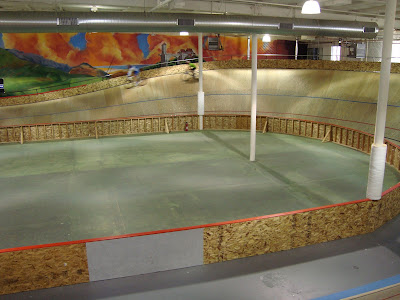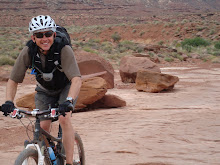I first heard about using compression tights to aid in recovery and reduce muscle soreness in a review of Skins Compression tights on Bicycling.com several months ago. Shortly thereafter, I also saw a product review in Outside magazine, comparing three different brands of tights.
Compression garments have become very popular over the past three years. One of the most famous athletes to utilize these products has been Paula Radcliffe who is often seen racing in compression socks.
Scientific evidence supporting these products has been sparse and largely anecdotal. As we all know strenuous physical exercise, such as cycling, can induce muscle damage that is often manifested as soreness. Muscle damage can lead to decreased range of motion, swelling and impaired muscle function, all increasing the likelihood of injury.
Compression may be able to reduce the physical impact and damage associated with strenuous physical activity.
Manufacturers in Australia seem to be on the leading edge of the athletic compression gear technology. There are several Australian brands that get glowing reviews, but are not currently available in the US.
The Skins products seemed to be getting universally good reviews, and are imported to the US. When I spotted them at one of our local bike shops, I winced at the price and reached for my wallet. Based on the size guide, I picked up a pair of xtra-small tights, and Phil bought the smalls.
After about 3 weeks we both came to the conclusion that our little chicken legs are just too skinny for those sizes – we couldn’t feel any noticeable compression. So, I picked up a pair of Youth Large Long Tights (and got a smoking deal – being on the midget side of the size chart does have some advantages) and handed my x-smalls over to Phil.
I can’t say they are a miracle cure, totally eliminating the heavy legs associated with lactic acid build-up. But, I do think that they measureably reduce the “next day” soreness I experience after a hard ride. The only downside I see to the tights is the price – all of the brands run about $100 (except for the kid’s sizes – score!).
If you are thinking about giving the compression gear a try, here are links to the top brands:
Skins
Kmeleon
CW-X
2XU
Zoot Sports
Linebreak
Remember – getting the proper size is crucial; if you have the option to try them on before you buy, do it.










